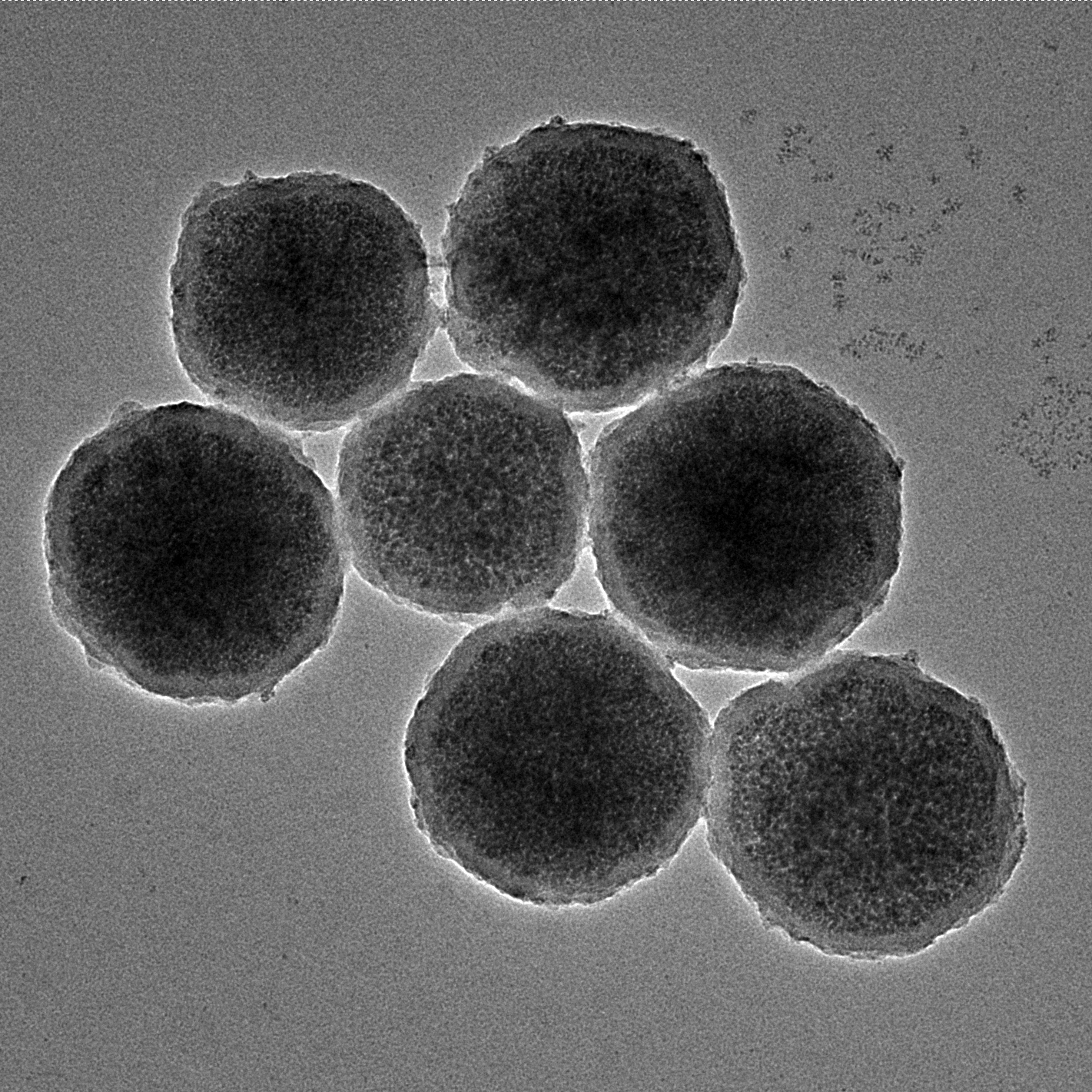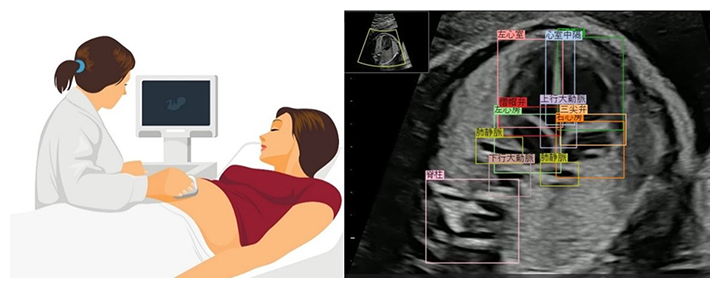2024-09-05 エディンバラ大学

Engineered magnetic nanorobots about 300nm in diameter. Image credit- Jian Wu
<関連情報>
- https://www.ed.ac.uk/news/2024/tiny-magnetic-robot-armies-could-treat-bleeds-in-t
- https://onlinelibrary.wiley.com/doi/10.1002/smll.202400408
頭蓋内動脈瘤治療のための熱応答性磁気ナノロボット集合体のナノ構造工学 Nanoarchitectonic Engineering of Thermal-Responsive Magnetic Nanorobot Collectives for Intracranial Aneurysm Therapy
Jienan Wang, Qi Zhou, Qi Dong, Jian Shen, Junnian Hao, Dong Li, Tiantian Xu, Xiaojun Cai, Wenkun Bai, Tao Ying, Yuehua Li, Li Zhang, Yueqi Zhu, Longchen Wang, Jianrong Wu, Yuanyi Zheng
Small Published: 06 May 2024
DOI:https://doi.org/10.1002/smll.202400408
Abstract
Stent-assisted coiling is a main treatment modality for intracranial aneurysms (IAs) in clinics, but critical challenges remain to be overcome, such as exogenous implant-induced stenosis and reliance on antiplatelet agents. Herein, an endovascular approach is reported for IA therapy without stent grafting or microcatheter shaping, enabled by active delivery of thrombin (Th) to target aneurysms using innovative phase-change material (PCM)-coated magnetite-thrombin (Fe3O4-Th@PCM) FTP nanorobots. The nanorobots are controlled by an integrated actuation system of dynamic torque-force hybrid magnetic fields. With robust intravascular navigation guided by real-time ultrasound imaging, nanorobotic collectives can effectively accumulate and retain in model aneurysms constructed in vivo, followed by controlled release of the encapsulated Th for rapid occlusion of the aneurysm upon melting the protective PCM (thermally responsive in a tunable manner) through focused magnetic hyperthermia. Complete and stable aneurysm embolization is confirmed by postoperative examination and 2-week postembolization follow-up using digital subtraction angiography (DSA), contrast-enhanced ultrasound (CEUS), and histological analysis. The safety of the embolization therapy is assessed through biocompatibility evaluation and histopathology assays. This strategy, seamlessly integrating secure drug packaging, agile magnetic actuation, and clinical interventional imaging, avoids possible exogenous implant rejection, circumvents cumbersome microcatheter shaping, and offers a promising option for IA therapy.


